What is VISTA?
In 2012, the electricity and gas markets regulator (Ofgem) outlined a mechanism to establish a £500m fund in the 2015-2021 price control (RIIO-T1) for UK electricity transmission owners to mitigate the impact of existing electricity infrastructure on the visual amenity of nationally designated landscapes. This scheme has been very successful to date and as a result, a similar mechanism is being taken forward into the RIIO-T2 price control, covering 2021-2025. A fund of £465m has been established for works during this period.
The primary objective of VISTA (Visual Impact of Scottish Transmission Asset) is to use the Ofgem funding to deliver the maximum benefit for nationally designated landscapes in the north of Scotland transmission network. This will be achieved by delivering projects that offer significant reductions in visual impact, while avoiding unwanted economic and environmental impacts.
Construction begins on project to remove overhead electrical lines and towers from scenic beauty spot at Killin.
SSEN Transmission teams begin work to remove 7.8km of overhead electricity line in Loch Lomond and Trossachs National Park, including 31 steel lattice towers between Killin and Lix Toll.

Enhancing designated landscapes
VISTA represents an opportunity to reassess the historic electricity infrastructure within, and in some instances in close proximity to, National Parks and National Scenic Areas (NSAs), and to conserve and enhance the natural beauty, wildlife and cultural heritage of these important Scottish landscapes.
By promoting this project we hope to ensure that the proposals taken forward not only represent SSEN and our stakeholders vision as to where the natural beauty of the landscape can be enhanced, but also give those that live, visit and work in and around the designated landscapes a voice in contributing to the assessment and selection of candidate projects that may be taken forward.
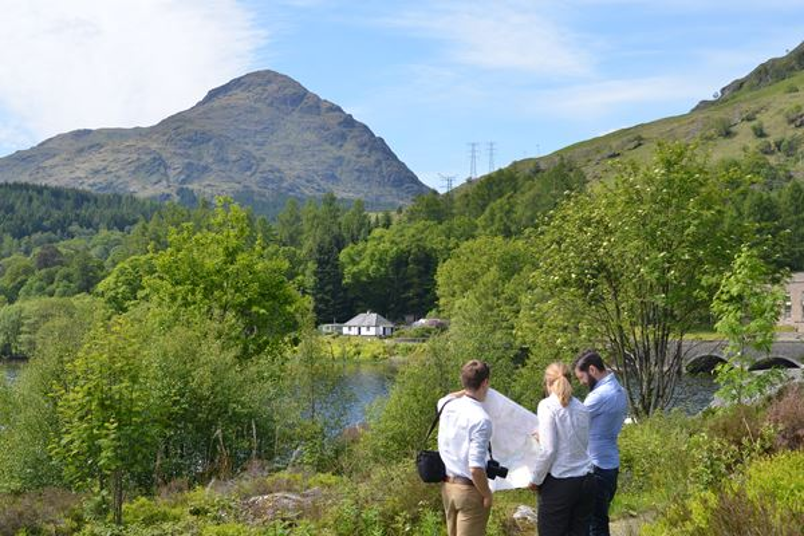
Working with stakeholders
Right from the beginning of the VISTA project, stakeholder involvement in helping to shape the development of proposals was viewed as a vital part of the process. To allow maximum benefit to be realised, the views of stakeholders and consumers needs to be at the heart of the decision-making process.
To ensure that our decisions were reflective of stakeholders’ views, we sought to involve as many relevant parties as possible. Through engagement with stakeholders and other relevant interest groups, we aimed to provide an opportunity for these stakeholders to contribute to the identification and selection of VISTA proposals.
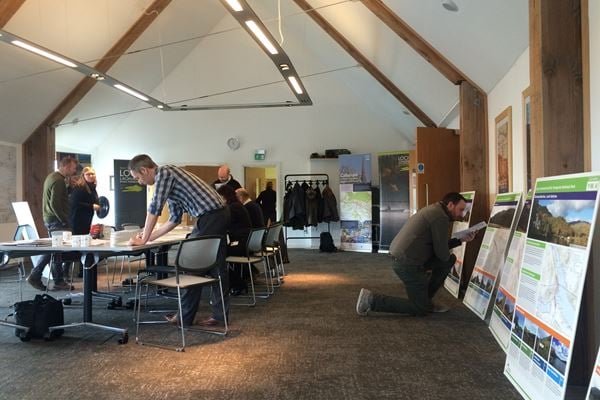
Current proposals
Informed by the stakeholder engagement and consultation conducted to date, a number of proposals have been considered by our engineering and environment teams.
Detailed technical analysis of the proposed schemes has concluded and the following proposals have been identified as offering the best opportunity for delivering visual impact enhancement, while meeting with the other core principles of VISTA, namely to limit negative socioeconomic and environmental impacts and offer best value for money.
These schemes have also been deemed technically suitable from a networks operation perspective, ensuring that network reliability and security of supply will not be constrained if the schemes are successful in obtaining regulatory funding from Ofgem.
Current proposals
-
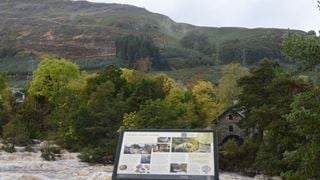
Killin
A total of 7.8 km of overhead line will be removed, including 31 steel lattice towers, between Killin substation and Lix Toll. The removed towers will include the most prominent section above Killin and the Falls of Dochart, as well as those crossing the A827. The project will significantly reduce the quantity of electricity infrastructure in the Killin area.
-
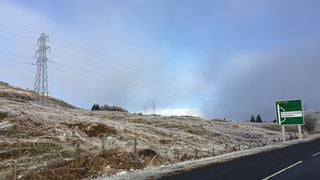
Glen Falloch
Remove overhead line infrastructure from the Glen Falloch area, by installing underground cables in place of the current 132kV overhead line. The project will initially examine a study area between Inverarnan substation and Crianlarich. The project will require the identification of a cable route, and sites for sealing-ends where the line will pass from overhead to underground.
-
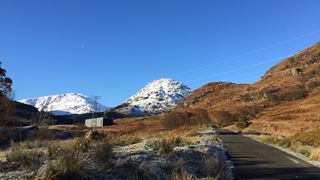
Sloy
Reduce the quantity of overhead line infrastructure within Glen Sloy and the Inveruglas area by installing underground cables in place of some of the current 132kV overhead lines. The project will initially examine a study area between Loch Sloy Dam and Inveruglas Power Station focusing on the parallel overhead lines running broadly east-west between them. The project will require the identification of cable routes, and sites for sealing-ends where the line will pass from overhead to underground.
-
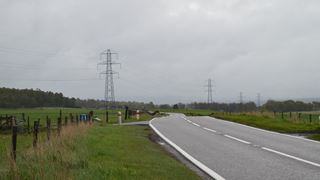
Boat of Garten
Remove overhead line infrastructure north of Boat of Garten by installing underground cables in place of the current 132kV overhead line. The exact length of underground cable will be approximately 4km between Docharn and the substation east of Boat of Garten. The project will require the identification of a cable route and sites for sealing-ends where the line will pass from overhead to underground, in the vicinity of Docharn.
-
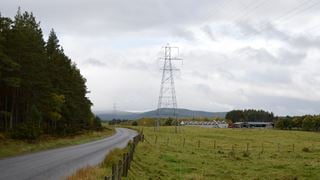
Nethy Bridge
Remove overhead line infrastructure to the north of Nethybridge by installing underground cables in place of the current 132kV overhead line. The exact length of underground cable is likely to extend approximately 7km between the substation east of Boat of Garten to the edge of the forestry near Castle Roy, north-east of Nethybridge. The project will require the identification of a cable route and sites for sealing-ends to the east where the line will pass from overhead to underground.
-
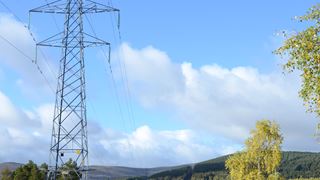
Landscaping
This could include options of tree screening and pathway enhancement, to more novel techniques such tower painting, insulator replacement, or native woodland planting. Once there is more detail on the types of landscaping mitigation that may be deliverable in these areas, we will reengage with stakeholders, and landowners, to define the options in more detail, following which we hope to submit as formal applications to the fund.
Policy documents
-
VISTA RIIO-T2 policy document
- Type:
- Date:
- 18 July 2022
- Size:
- 23.4 MB
-
VISTA annual review document 2016-17
- Type:
- Date:
- 14 June 2017
- Size:
- 8.2 MB
-
VISTA policy annex
- Type:
- Date:
- 15 September 2016
- Size:
- 140 KB
-
VISTA policy document
- Type:
- Date:
- 15 September 2016
- Size:
- 370.2 KB
-
VISTA project map
- Type:
- Date:
- 15 September 2016
- Size:
- 230.1 KB
A map of our infrastructure in the areas mentioned above.